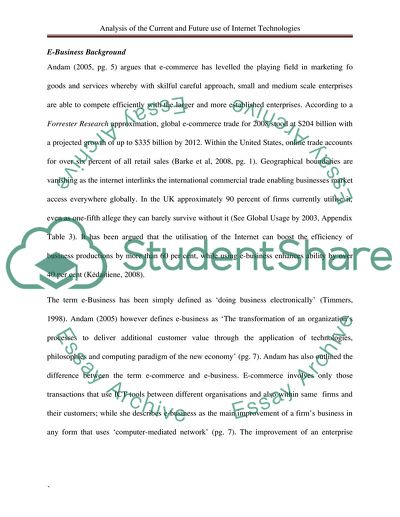Cite this document
(“Current and Future Use of Internet Technologies Case Study”, n.d.)
Current and Future Use of Internet Technologies Case Study. Retrieved from https://studentshare.org/information-technology/1729547-e-business-task-3
Current and Future Use of Internet Technologies Case Study. Retrieved from https://studentshare.org/information-technology/1729547-e-business-task-3
(Current and Future Use of Internet Technologies Case Study)
Current and Future Use of Internet Technologies Case Study. https://studentshare.org/information-technology/1729547-e-business-task-3.
Current and Future Use of Internet Technologies Case Study. https://studentshare.org/information-technology/1729547-e-business-task-3.
“Current and Future Use of Internet Technologies Case Study”, n.d. https://studentshare.org/information-technology/1729547-e-business-task-3.


